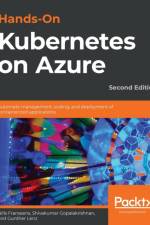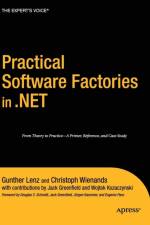av Günther Lenz & Christoph Wienands
787
Douglas C. Schmidt Professor of Computer Science, Associate Chair of Computer Science and Engineering Vanderbilt University T he evolution of software technologies over the past five decades has involved the creation of languages and platforms that help developers program more in terms of their design intent, such as architectural concepts and abstractions, and shield them from the complexities of the underlying computing substrate, such as CPU, memory, and network devices. After years of progress, many projects today use third-generation programming languages, such as Java, C++, and C#, and middleware runtime platforms, such as service-oriented architectures and web services. Despite these improvements, however, the level of abstraction at which software is developed still remains low relative to the concepts and concerns of the application domains themselves. As a result, too much time and effort is spent manually rediscovering and re- venting solutions to common domain requirements, which has led to the situation where the majority of software projects are late, over budget, and defect ridden. These problems occur for various reasons. For example, most application and platform code is handcrafted using third-generation languages. This manual approach incurs excessive time and effort due to complexity stemming from the semantic gap between the design intent and the expression of this intent in third-generation languages, which convey domain semantics and design intent poorly. This semantic gap is particularly noticeable and problematic for integration-related activities, such as system deployment, configuration, and quality assurance that software developers perform when assembling applications using off-the-shelf components.







